Lens Array-based Beam Precoding Optimization for UAV-enabled Multiuser Millimeter Wave MIMO System
-
摘要: 无人机(UAV)与毫米波(mmWave)多输入多输出(MIMO)系统的结合可以提供高数据速率的空中链路,然而其部署位置及波束赋形设计直接影响无线通信系统的吞吐量。为实现多用户同时接入通信,该文提出基于离散透镜阵列(DLA)结构的波束空间预编码技术,构建了联合UAV飞行高度、波束选择及混合预编码的优化方案。为了解决这一涉及随机目标函数的非凸优化问题,该文利用最小化加权最小均方误差方法,将问题转化为求一系列子优化问题,进而通过一种惩罚对偶分解(PDD)算法求解。数值仿真结果表明,该方案能够实现接近全数字波束赋形方案的频谱效率性能。Abstract: The combination of Unmanned Aerial Vehicle (UAV) and millimeter Wave (mmWave) Multiple Input Multiple Output (MIMO) system can provide high data rate. However, deployment location of UAV and beamforming design affect directly the throughput of wireless communication system. To realize multi-user simultaneous access communication, beam space precoding technique based on Discrete Lens Array (DLA) structure is proposed in this paper, and an optimization scheme of joint UAV flight altitude, beam selection and hybrid precoding is constructed. To solve this highly non-convex problem that involves a stochastic objective function, this paper exploits the minimization weighted minimum mean square error method, transforms the problem into a series of simple approximation problems and then develops a Penalized Dual Decomposition (PDD) algorithm to solve the peoblem. Numerical simulations results show that the proposed scheme achieve near optimal achievable sum rate performance and close to full digital beamforming.
-
表 1 BCD算法求解式(32)
(1) 循环:$i = 1, 2,\cdots ,{N_t}$ (2) 根据式(33)更新$ {s_i} $; (3) 将$ {s_i} $赋值给$ S $的第$ i $行; (4) 结束 表 2 提出的联合优化算法
输入:最大发射功率$ P $,$1 \le k \le K$时的信道${\bar {\boldsymbol{H}}_k}$。 (1) 初始化:$ n = 1 $,$ \mathcal{K} = \{ 1,2, \cdots ,K\} $,原始变量
$\{ {{\boldsymbol{V}}_k},W,{\bar {\boldsymbol{H}}_k},{{\boldsymbol{Q}}_k},{\hat s_{i,j} },{{\boldsymbol{s}}_j}\}$;初始化 $ h = {h_{\min }} $,对偶变量
$ \{ L_k^{(n)},\lambda _{i,j}^{(n)},\mu _k^{(n)},{\rho ^{(n)}}\} $(2) 循环:当终止条件未达到时,执行 (3) 根据式(15)更新$ \{ {\xi _k}\} $ (4) 根据式(16)更新$ h $ (5) 根据式(23)更新$\{ {{\boldsymbol{V}}_k}\}$ (6) 根据式(25)更新${\boldsymbol{W}}$ (7) 根据式(28)更新$\{ {{\boldsymbol{Q}}_k}{\text{\} } }$ (8) 根据式(31)更新$ {\text{\{ }}{\hat s_{i,j}}{\text{\} }} $ (9) 根据式(33)更新$\{ {{\boldsymbol{s}}_j} \}$ (10) 根据式(34)更新$ \{ L_k^{(n)},\lambda _{i,j}^{(n)},\mu _k^{(n)},{\rho ^{(n)}}\} $ (11) 结束循环 (12) 输出:模拟部分${\boldsymbol{S}}$和数字部分${\boldsymbol{W }}$,${{\boldsymbol{V}}_k}$,$ h $。 -
[1] YANG Zhaohui, PAN Cunhua, SHIKH-BAHAEI M, et al. Joint altitude, beamwidth, location, and bandwidth optimization for UAV-enabled communications[J]. IEEE Communications Letters, 2018, 22(8): 1716–1719. doi: 10.1109/LCOMM.2018.2846241 [2] YU Peng, LI Wenjing, ZHOU Fanqin, et al. Capacity enhancement for 5G networks using MmWave aerial base stations: Self-organizing architecture and approach[J]. IEEE Wireless Communications, 2018, 25(4): 58–64. doi: 10.1109/MWC.2018.1700393 [3] XIAO Zhenyu, XIA Pengfei, and XIA Xianggen. Enabling UAV cellular with millimeter-wave communication: Potentials and approaches[J]. IEEE Communications Magazine, 2016, 54(5): 66–73. doi: 10.1109/MCOM.2016.7470937 [4] SUN Yuhan and QI Chenhao. Weighted sum-rate maximization for analog beamforming and combining in millimeter wave massive MIMO communications[J]. IEEE Communications Letters, 2017, 21(8): 1883–1886. doi: 10.1109/LCOMM.2017.2703113 [5] ARTUSO M, BOVIZ D, CHECKO A, et al. Enhancing LTE with Cloud-RAN and load-controlled parasitic antenna arrays[J]. IEEE Communications Magazine, 2016, 54(12): 183–191. doi: 10.1109/MCOM.2016.1500687CM [6] WANG Buhong, HUI H T, and LEONG M S. Global and fast receiver antenna selection for MIMO systems[J]. IEEE Transactions on Communications, 2010, 58(9): 2505–2510. doi: 10.1109/TCOMM.2010.09.0901232 [7] AKDENIZ M R, LIU Yuanpeng, SAMIMI M K, et al. Millimeter wave channel modeling and cellular capacity evaluation[J]. IEEE Journal on Selected Areas in Communications, 2014, 32(6): 1164–1179. doi: 10.1109/JSAC.2014.2328154 [8] ZENG Yong and ZHANG Rui. Millimeter wave MIMO with lens antenna array: A new path division multiplexing paradigm[J]. IEEE Transactions on Communications, 2016, 64(4): 1557–1571. doi: 10.1109/TCOMM.2016.2533490 [9] FENG Chenghao, SHEN Wenqian, and AN Jianping. Beam selection for wideband millimeter wave MIMO relying on lens antenna arrays[J]. IEEE Communications Letters, 2019, 23(10): 1875–1878. doi: 10.1109/LCOMM.2019.2930081 [10] MNDEZ-RIAL R, RUSU C, GONZÁLEZ-PRELCIC N, et al. Hybrid MIMO architectures for millimeter wave communications: Phase shifters or switches[J]. IEEE Access, 2016, 4: 247–267. doi: 10.1109/ACCESS.2015.2514261 [11] ALKHATEEB A and HEATH R W. Frequency selective hybrid precoding for limited feedback millimeter wave systems[J]. IEEE Transactions on Communications, 2016, 64(5): 1801–1818. doi: 10.1109/TCOMM.2016.2549517 [12] ZENG Yong, YANG Lu, and ZHANG Rui. Multi-user millimeter wave MIMO with full-dimensional lens antenna array[J]. IEEE Transactions on Wireless Communications, 2018, 17(4): 2800–2814. doi: 10.1109/TWC.2018.2803180 [13] GAO Xinyu, DAI Linglong, CHEN Zhijie, et al. Near-optimal beam selection for beamspace MmWave massive MIMO systems[J]. IEEE Communications Letters, 2016, 20(5): 1054–1057. doi: 10.1109/LCOMM.2016.2544937 [14] GAO Xinyu, DAI Linglong, HAN Shuangfeng, et al. Reliable beamspace channel estimation for millimeter-wave massive MIMO systems with lens antenna array[J]. IEEE Transactions on Wireless Communications, 2017, 16(9): 6010–6021. doi: 10.1109/TWC.2017.2718502 [15] EL AYACH O, RAJAGOPAL S, ABU-SURRA S, et al. Spatially sparse precoding in millimeter wave MIMO systems[J]. IEEE Transactions on Wireless Communications, 2014, 13(3): 1499–1513. doi: 10.1109/TWC.2014.011714.130846 -






 下载:
下载:
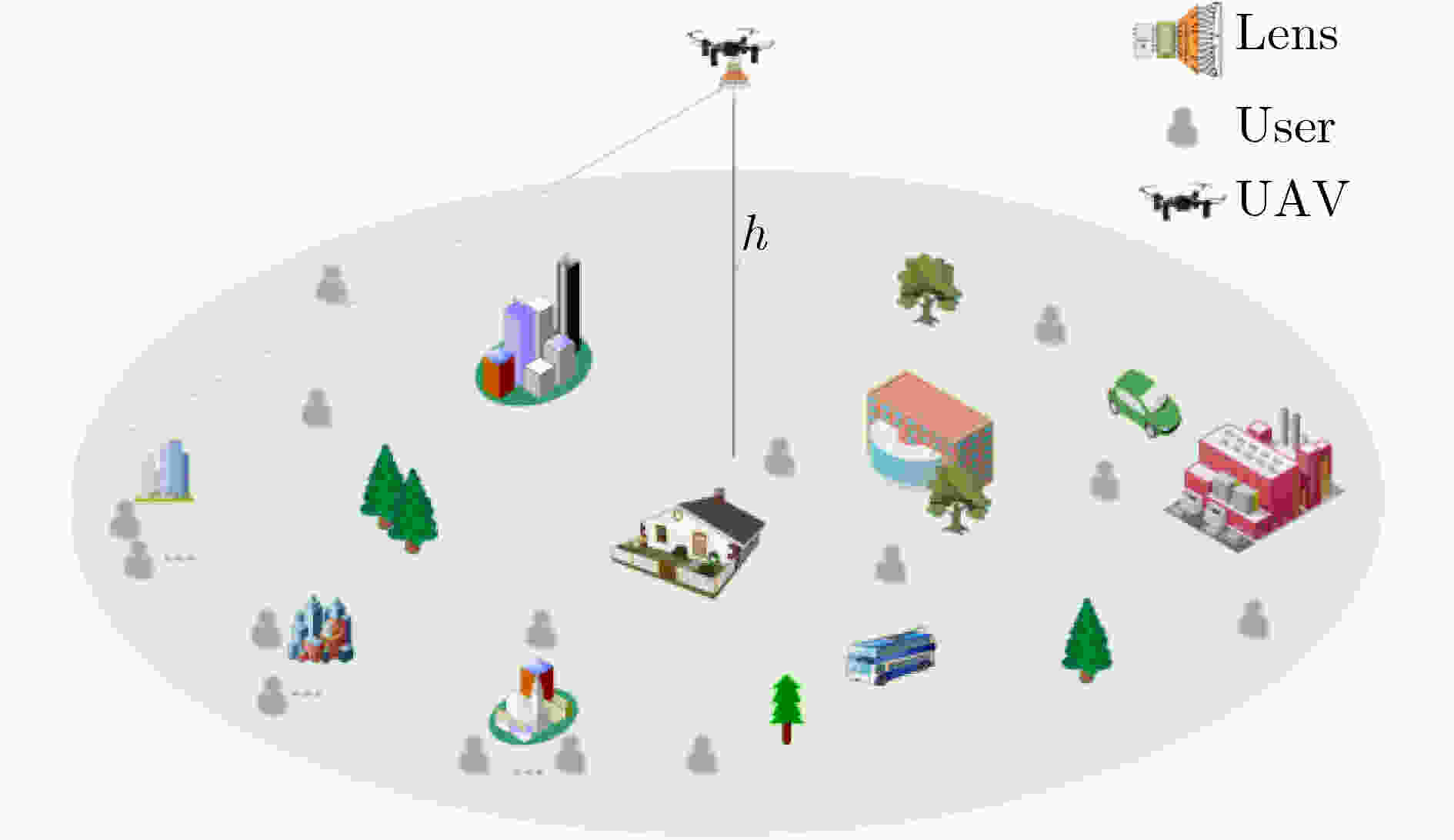
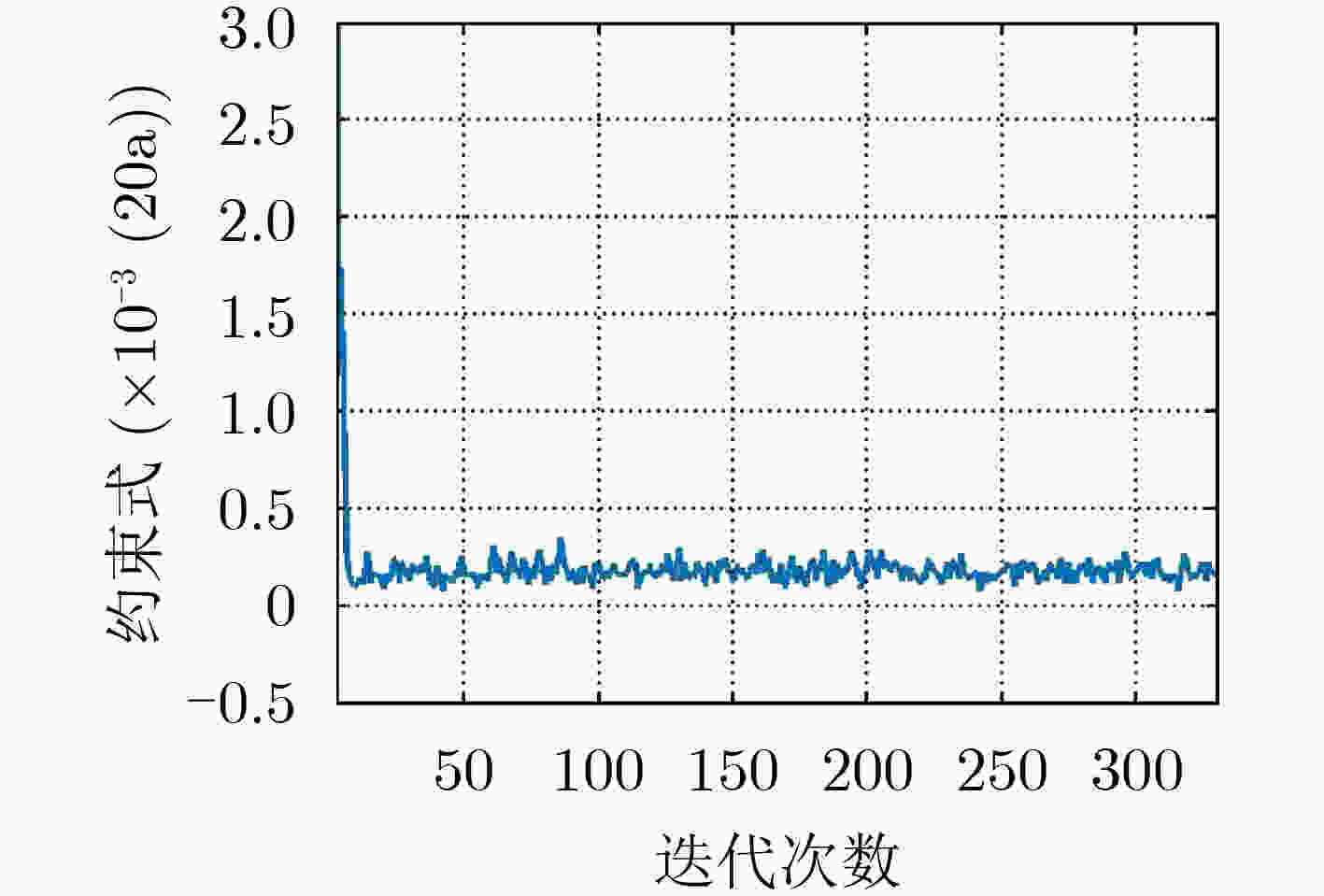
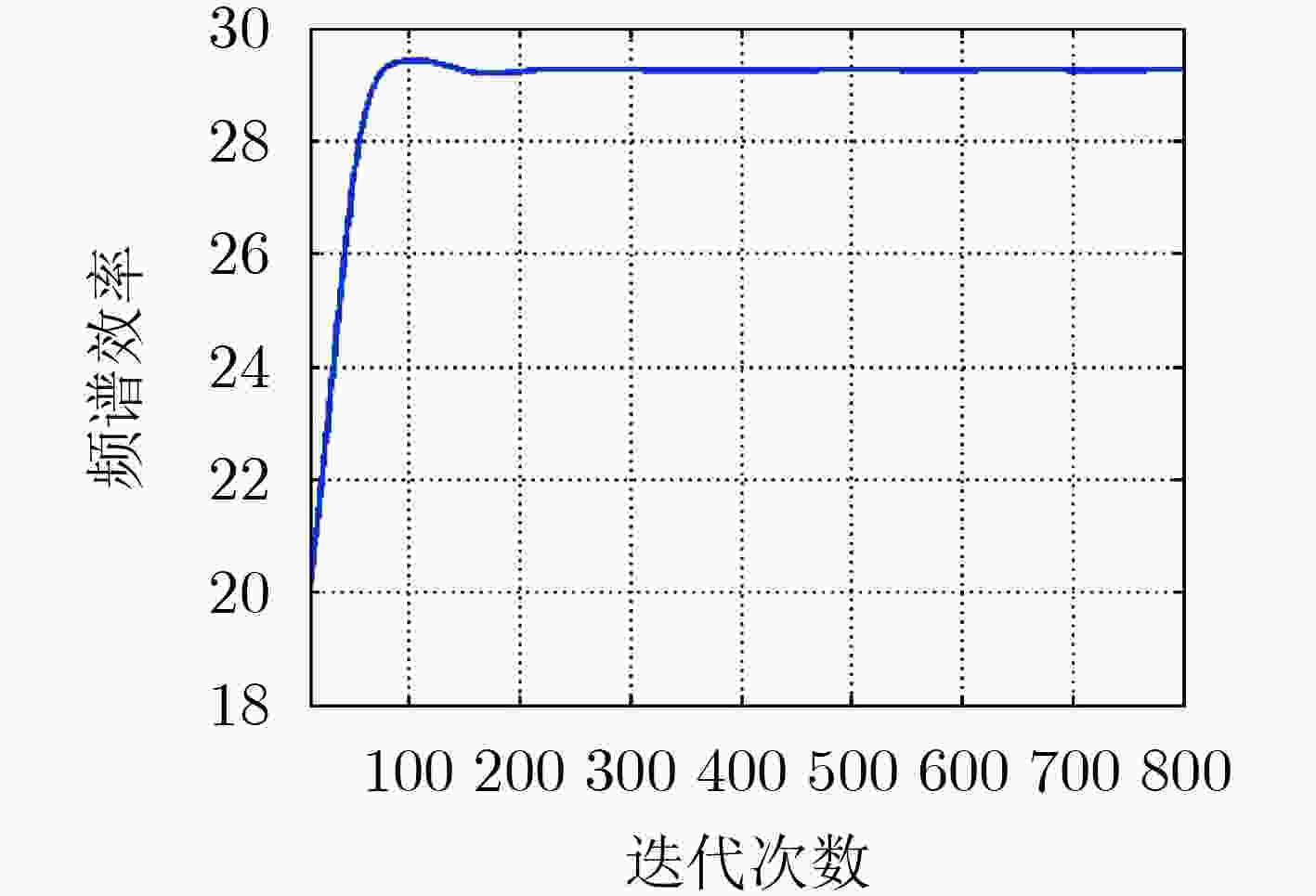
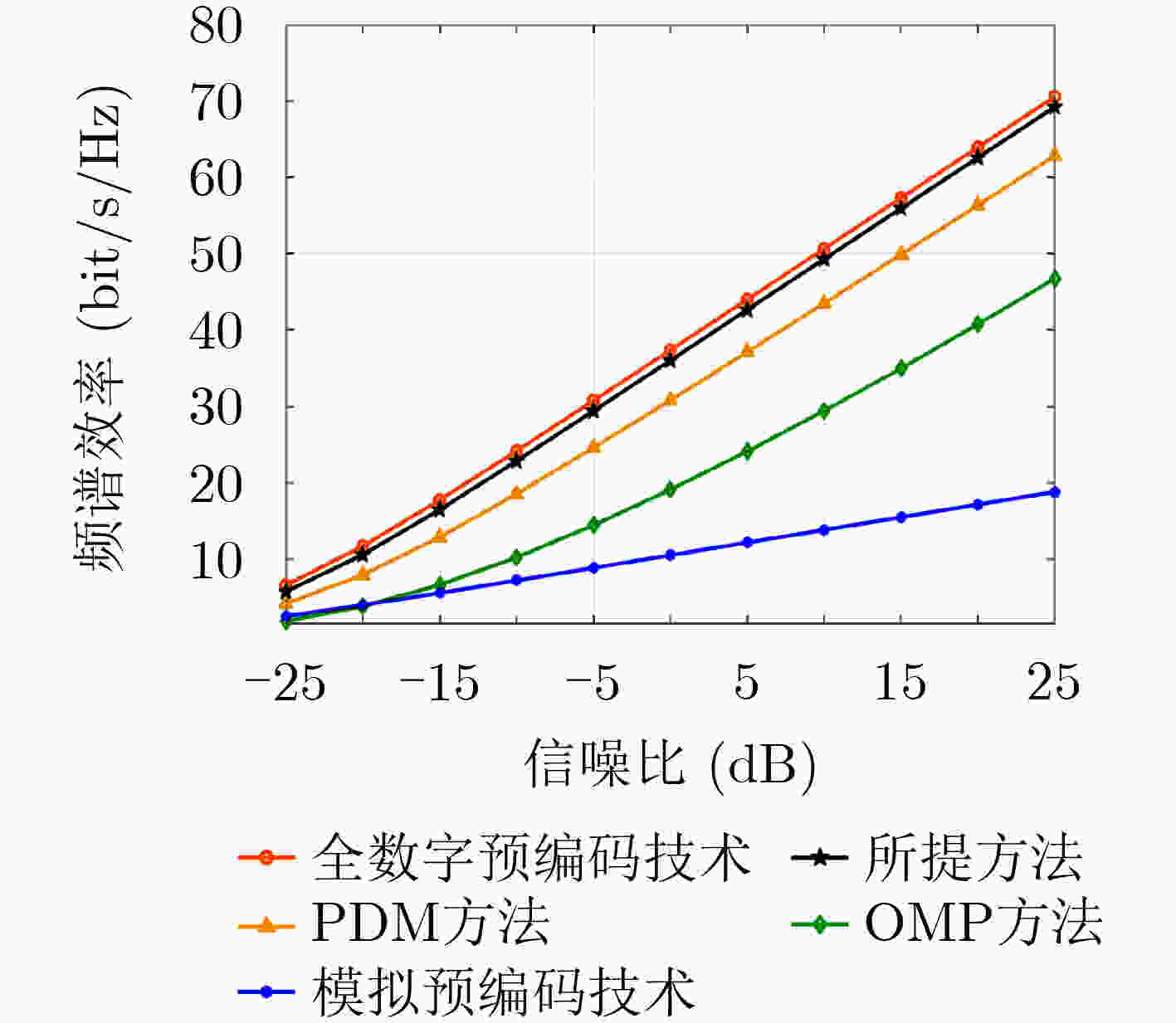

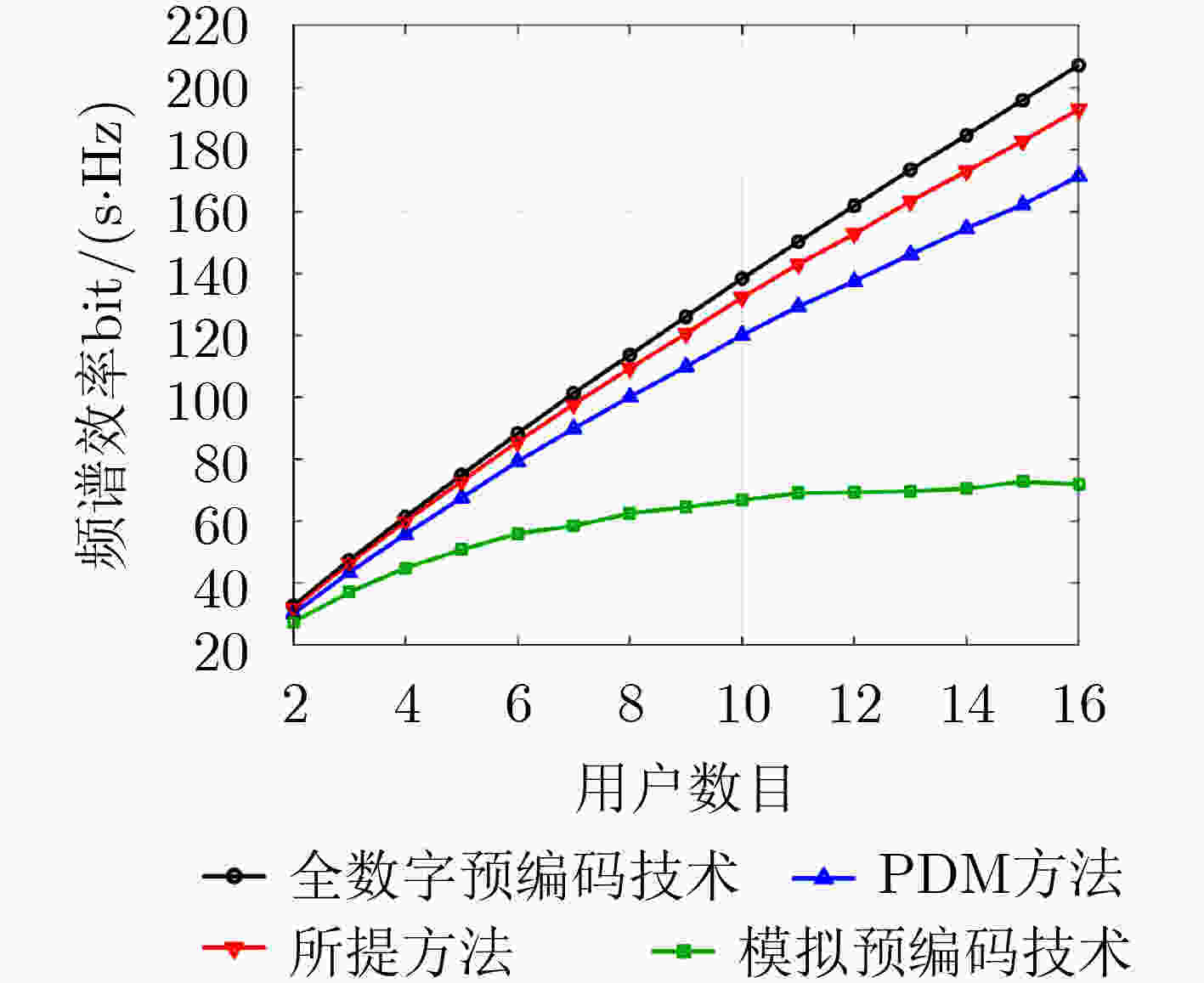
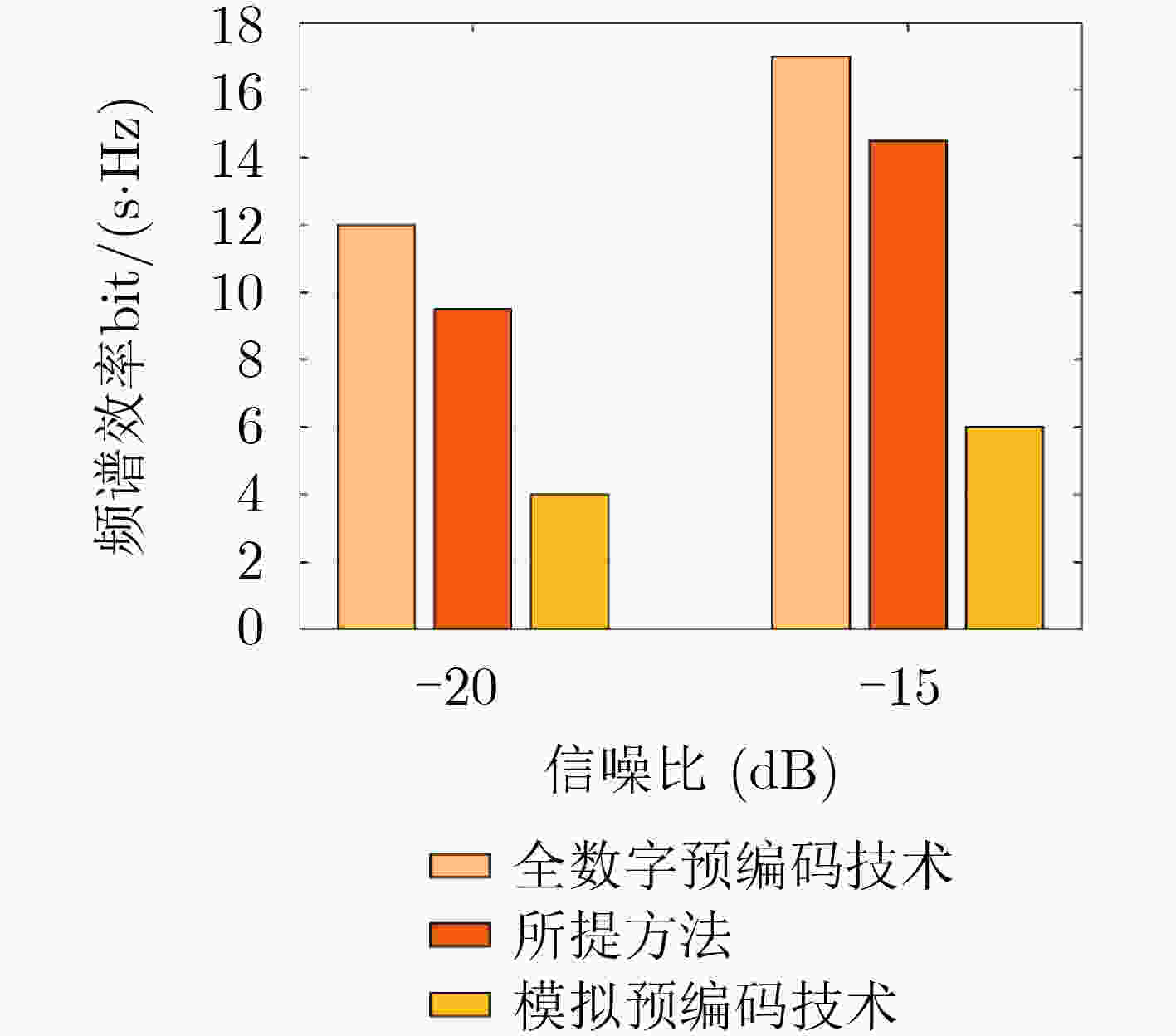


 下载:
下载:
